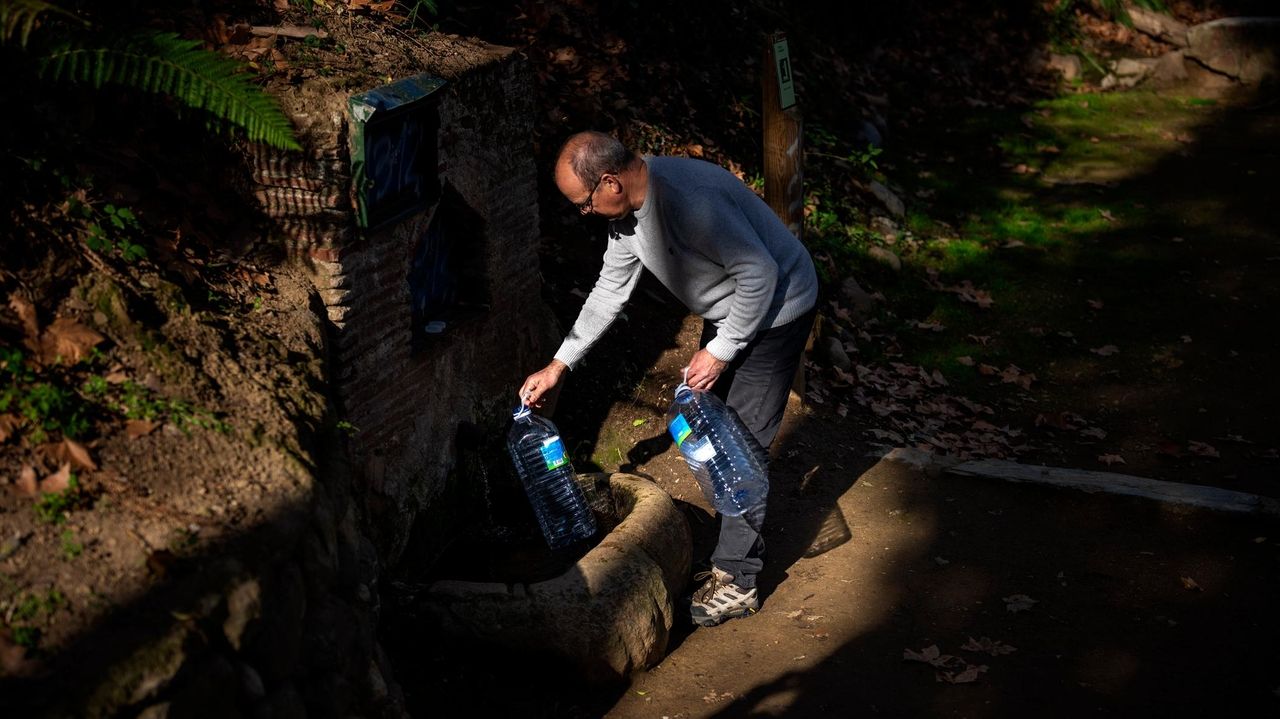GUALBA, Spain — Plastic jugs in hand, Joan Torrent takes a path into the woods in search of drinking water. He fills the 8-liter (2-gallon) receptacles at a natural spring and then hauls them back to his home in Gualba, a picturesque village near Barcelona that like many towns in Spain is bearing the worst of a record drought.
For Torrent, making this walk for water several times a week is a minor inconvenience, but one that may become more common as Spain and the rest of the Mediterranean adapt to climate change.
“Gualba used to be full of springs. Now I think this is the only one left,” Torrent, a 64-year-old retiree, said while making one of his trips to the fountain connected to the spring. “I don’t think we are aware of what is in store for all of us… People don’t want to hear about there being a lack of water. In my view, people need to be more conscious about the lack of water.”
Officials in Spain’s northeast region of Catalonia declared a drought emergency on Thursday, with reservoirs that serve 6 million people, including the population of Barcelona, at under 16% of their capacity, a historic low.
The drought emergency, which takes effect Friday, limits the daily amount of water permitted for residential and municipal purposes to 200 liters (53 gallons) per person. Catalonia’s water agency says the average resident uses 116 liters (30 gallons) per day at home.
But Gualba and other small towns and villages spread across the Catalan countryside have been in crisis mode for months. So while Barcelona’s population has yet to feel the drought’s impact beyond not being able to fill up private pools and wash cars, thousands of people living in small communities that depend on wells now run dry are experiencing difficulties getting water fit for consumption.
Gualba’s name, according to local lore, means “white water” thanks to the streams flowing down from the Montseny mountain that overlooks the village. But this upscale village of some 1,500…
Read the full article here

Leave a Reply